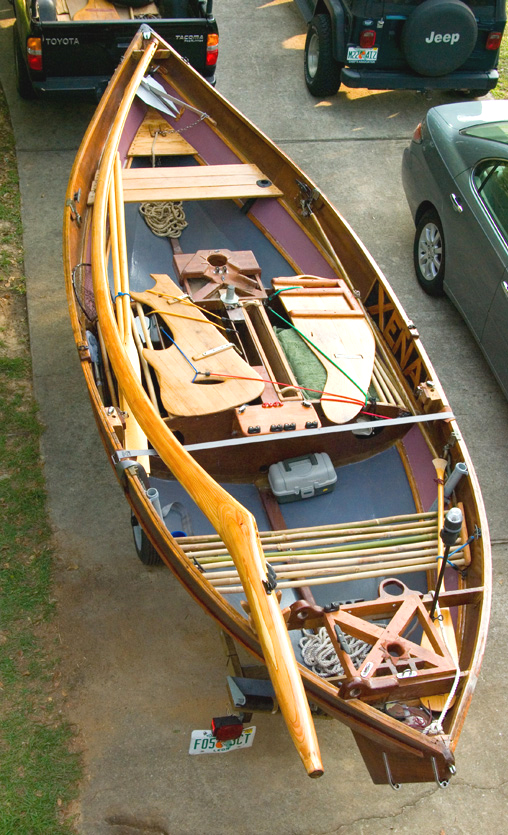
There’s also the story of how I managed to get Florida State University, my employer at the time, to pursue a patent on the design. It took FSU seven years and $16,000 to be granted a U.S. patent (#8,739,720) for what I call the birdwing mast. Essentially, the birdwing mast is a curved, blade-like foil set on a straight rotating stick. The official title of the patent is “Storable, sickle-shaped sailboat mast.” Why the sickle shape? The handle part of the sickle with its round cross section allows for smooth balanced rotation of the mast within the mast step. The curved part of the sickle-shaped design allows for a swept-back, aerodynamically efficient presentation of mast along the entire length of the mast in the airflow.
For the purpose of illustration, I usually show the straight part of the mast emerging from the free-standing style mast step and then show its transition to the aerodynamically efficient curved part but there is absolutely no reason why any of the straight part need be above deck and in the airflow. That is why I can claim the birdwing mast can present a swept-back, aerodynamically efficient shape along the entire length of the mast in the airflow.
When we talk about the most aerodynamically efficient shape for a curved rotating mast, in the past there have been limitations to the ideal shape because of the need to attach sail to the aft edge of the mast. The sail attachment system usually has some thickness to it that prevents the foil cross sections from having their most efficient shape. The most efficient cross sectional shape for a birdwing mast would be rounded at the forward edge of the mast and then ending at a point along the trailing edge - not the "D" shape generally preferred by straight mast folks. But because of the need to include the sail attachment system (which has thickness) to the mast’s trailing edge, the ideal aerodynamic shape for my masts has been elusive in my wooden prototypes.
Of course, there are other ways of attaching a sail to a mast that do not involve any sail track at all. On my last birdwing prototype I did try hoops for sail attachment so I was able to shape the trailing edge of my mast to as sharp a point as I wanted. Using slices of polyethylene from black trailer tongue wheels, I made hoops that were fairly light, strong and very slick that worked great in the Texas 200. From the helm, I was able to hoist sail or strike the rig without having to touch the sail at all and from any wind direction. I did hang on to the boom’s end when I could because it was always better to have it in my hand rather than slapping me in the side of my head, if you know what I mean.
Soon, however, there will be an even better way to attach sail to a birdwing mast. At this year’s WoodenBoat Show at Mystic Seaport, a retired racecar designer by the name of Hunter Gall showed me a section of sail track that he has been working on which utilizes carbon fiber infused nylon. This new material offers the strength and lightweight of carbon fiber but retains some of the flexibility and slickness of nylon. Hunter’s sail track is in its prototype stage but shows great promise. His track design is a modular one and currently made in 1’ sections that have puzzle joints at both ends so they can be built up for as long as a sail track needs to be. The beautiful part for me is that the stuff is flexible enough to bend along the curvature of my latest birdwing mast prototypes and it is very compact hiding nicely out of the airflow.
This new sail track material will help me whether birdwing masts are eventually built in spruce or in carbon-fiber/epoxy or both. In either material, the track can be added at the end of the manufacturing process rather than needing to be included in the molding or machining part of the mast making production. This translates into lower production costs whether birdwing masts are eventually made as high-end finished units in carbon fiber or as a possible spruce kit for backyard boat builders. Whether this will happen in my lifetime or not remains to be seen. I will say that at this point, though, I’m optimistic!
In the meantime, here are some pictures of me and Bernadette, my 14’ 8” John Welsford designed Saturday Night Special setting sail at this year’s WoodenBoat Show and a parting shot of her on the long way home back to Florida.
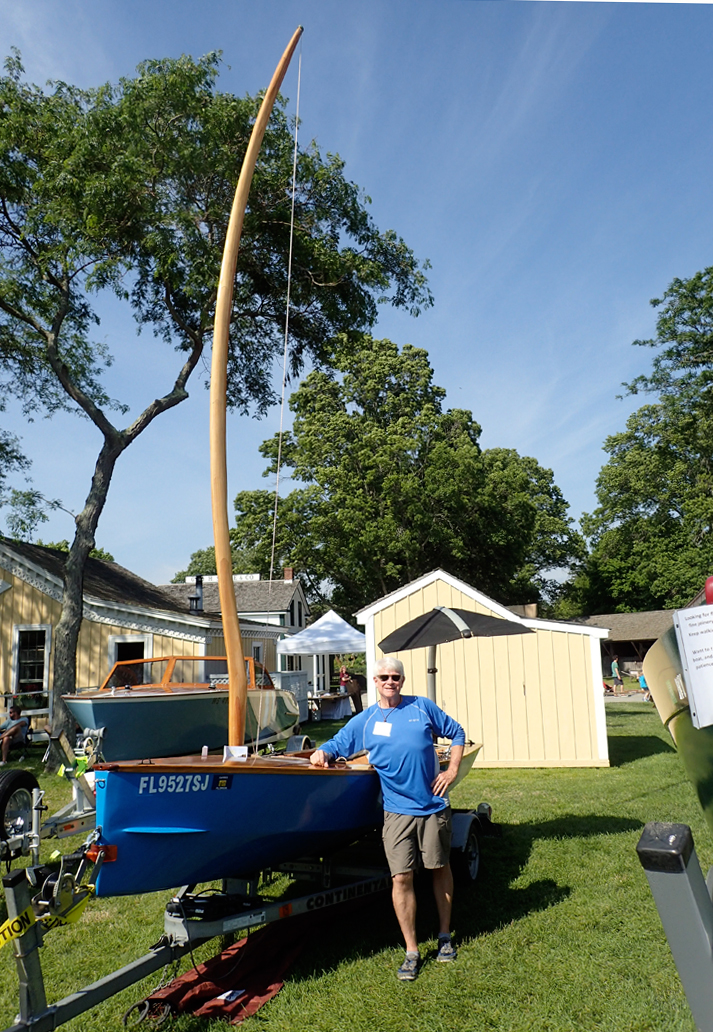
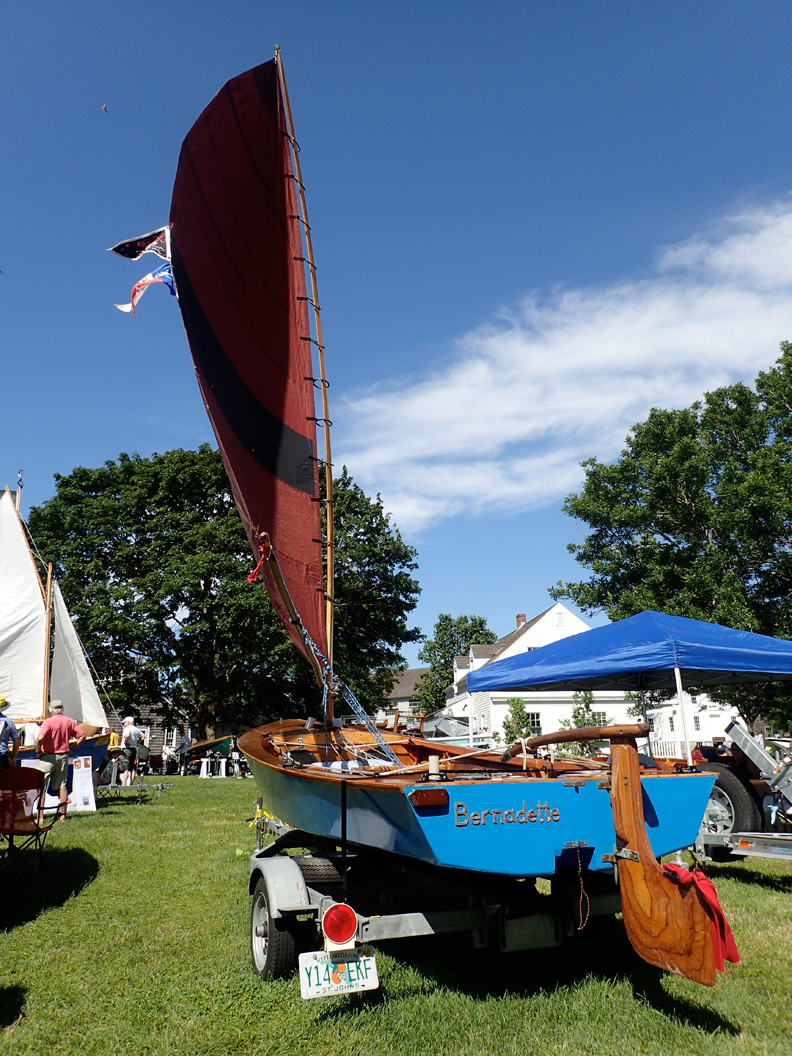
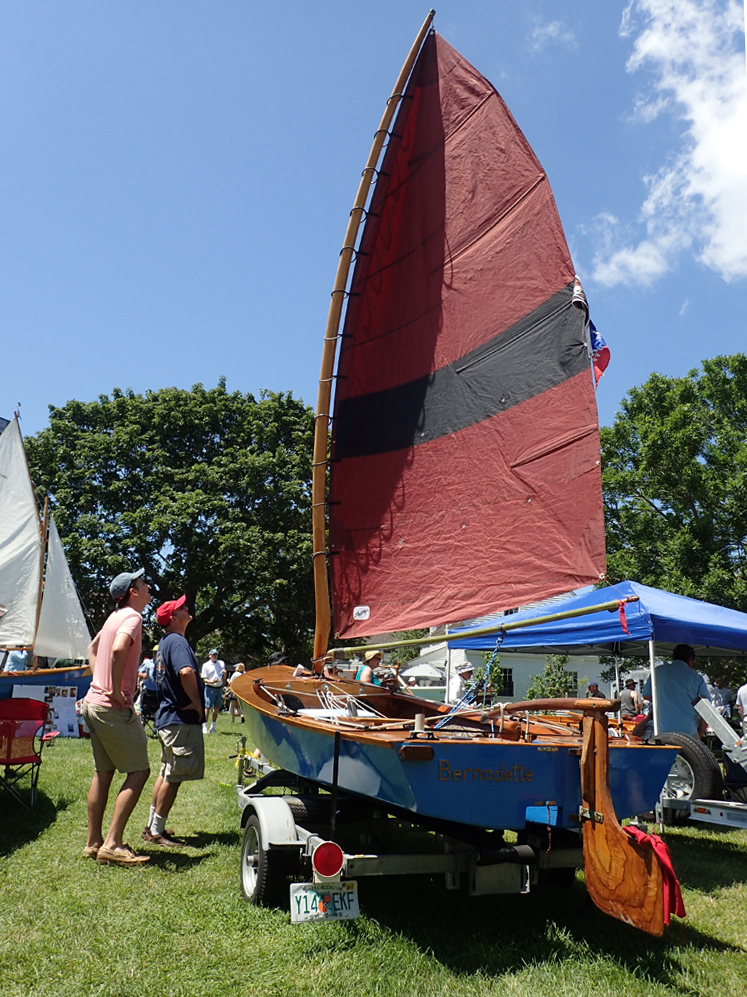
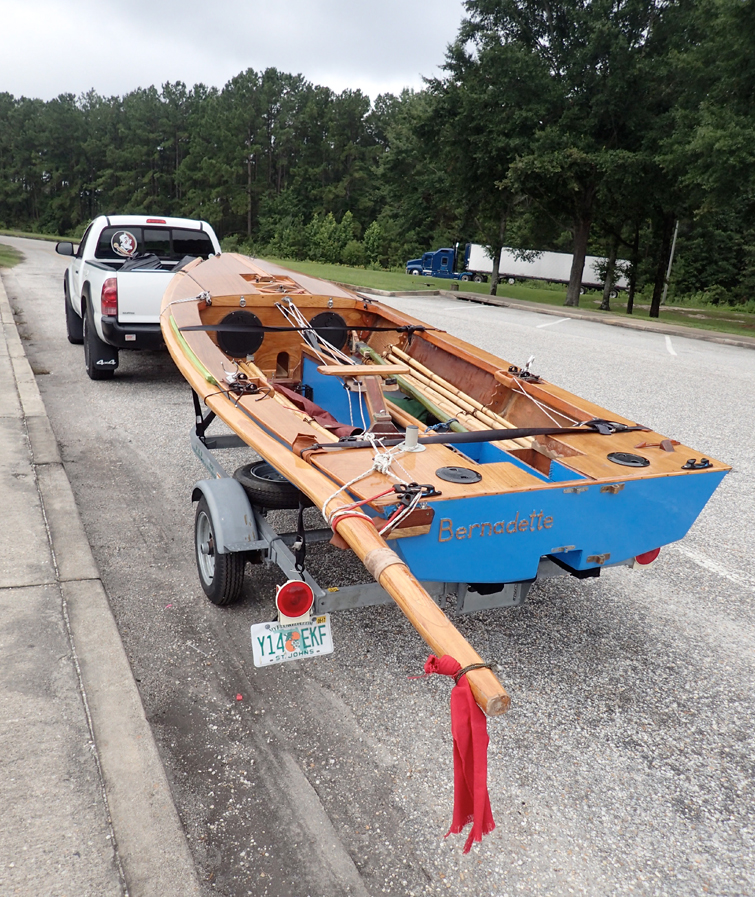
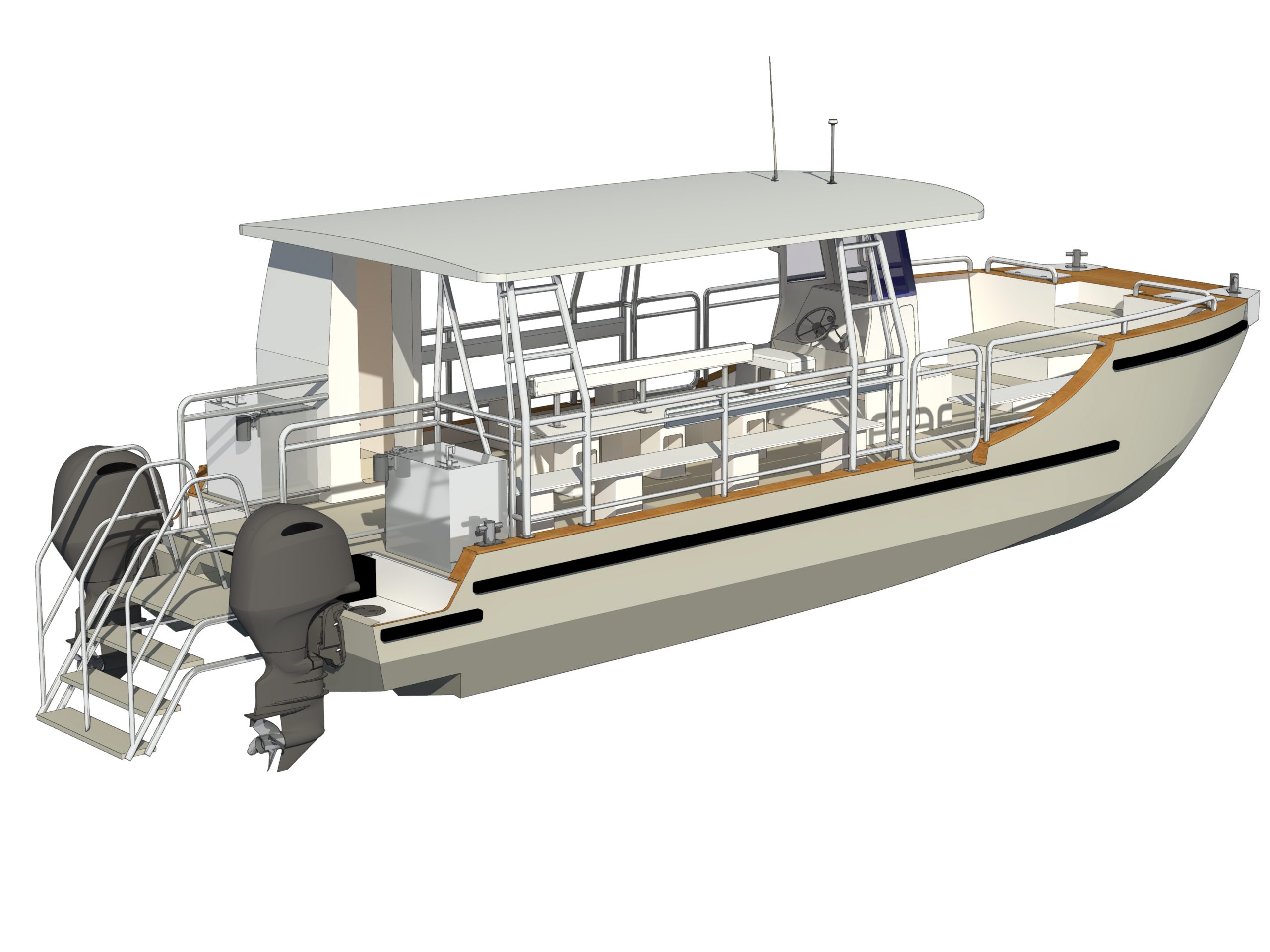
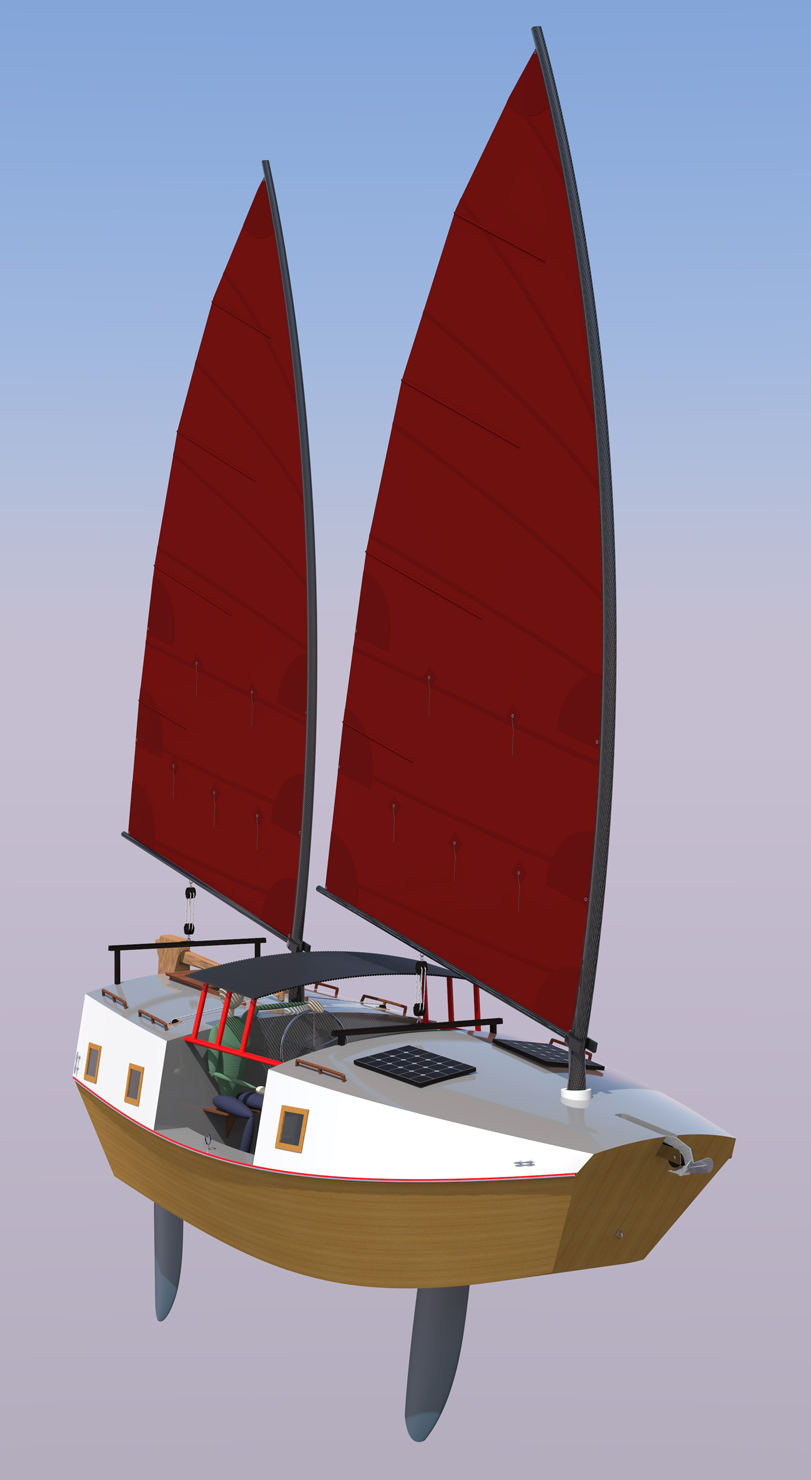
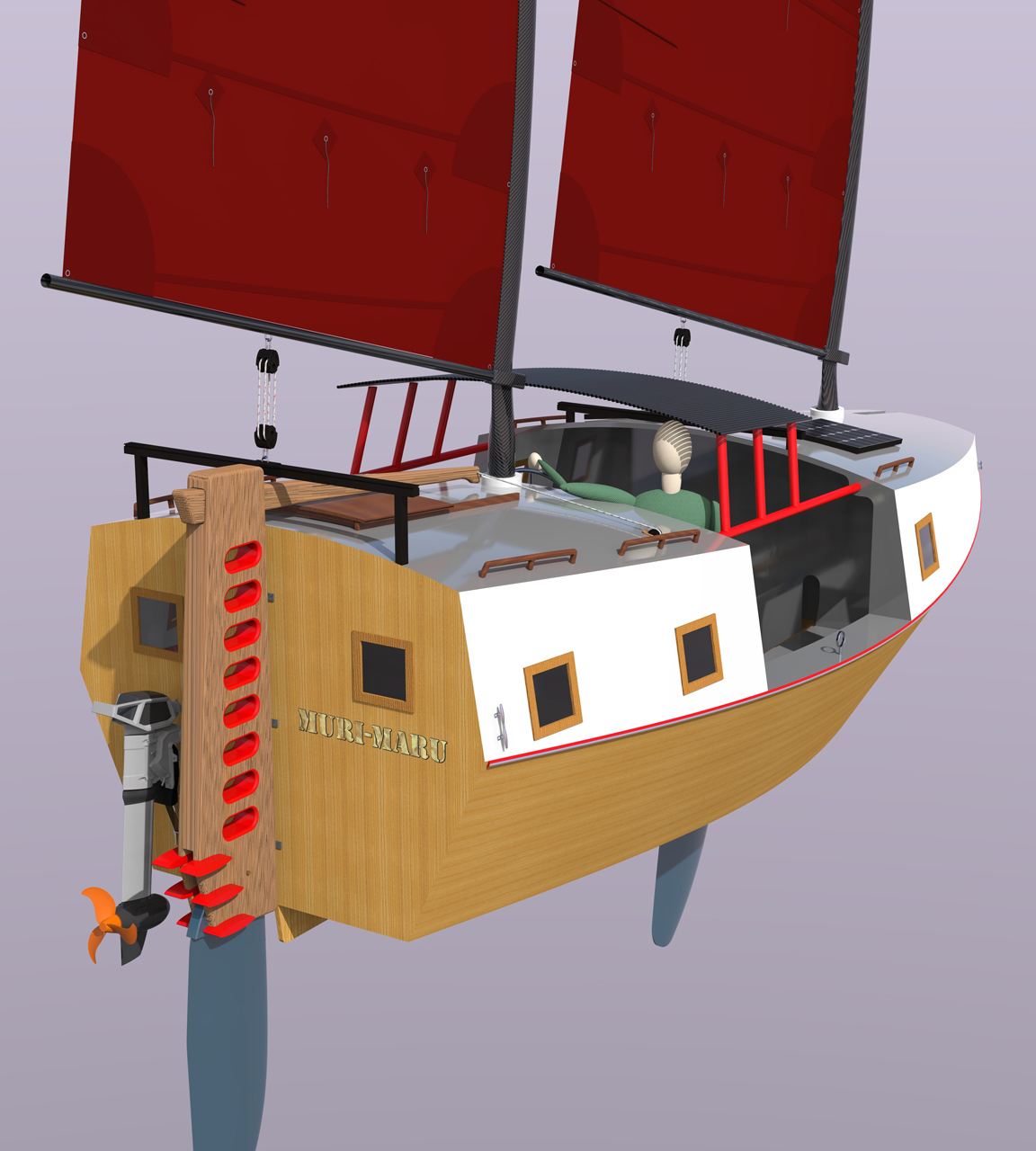
Comment